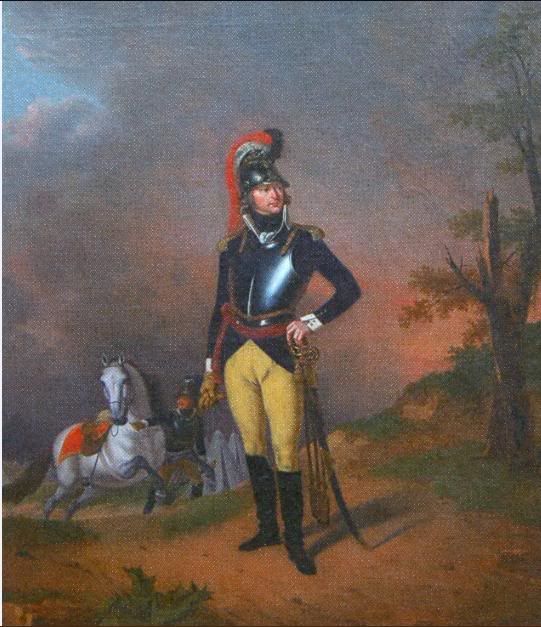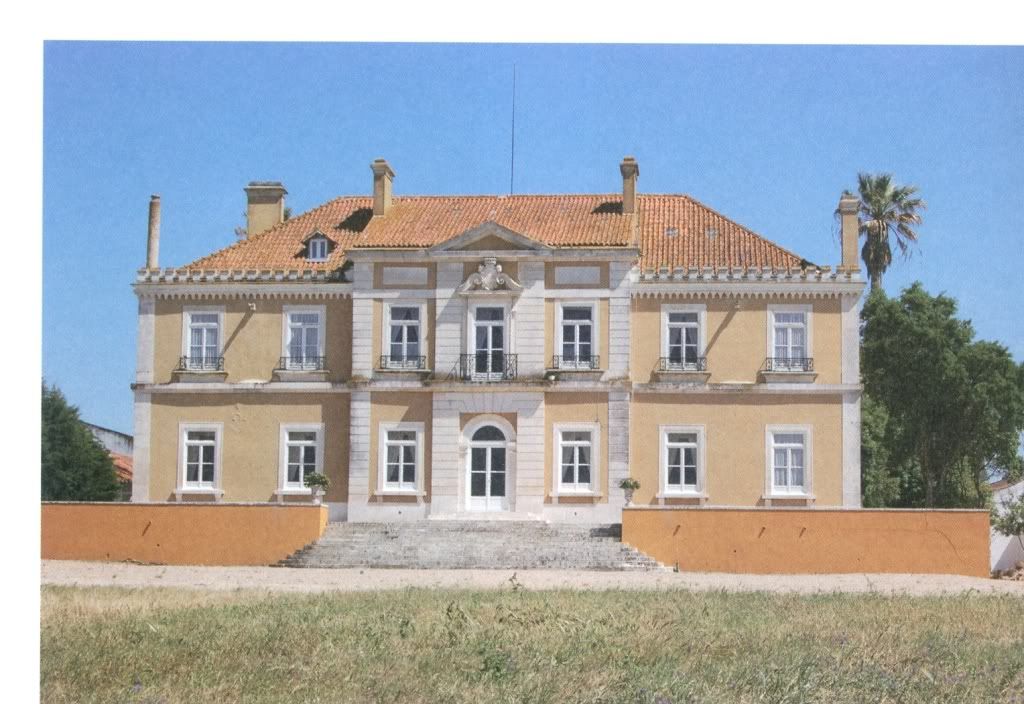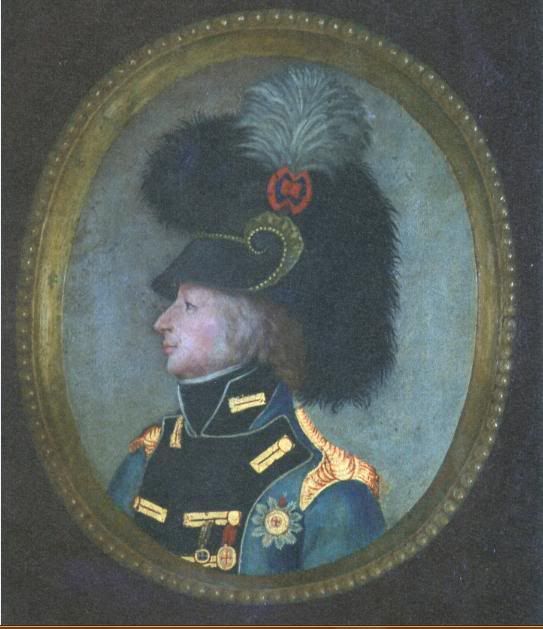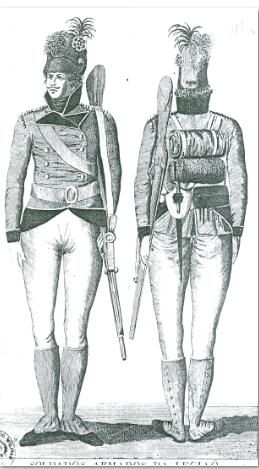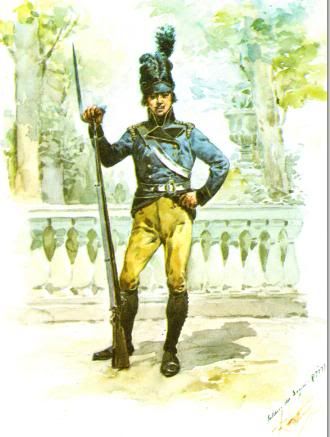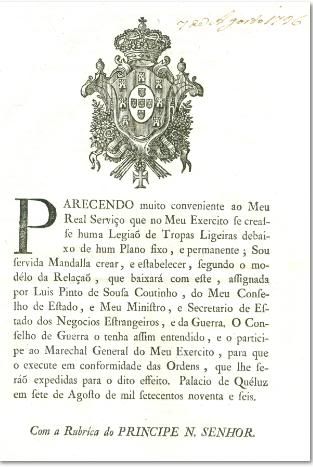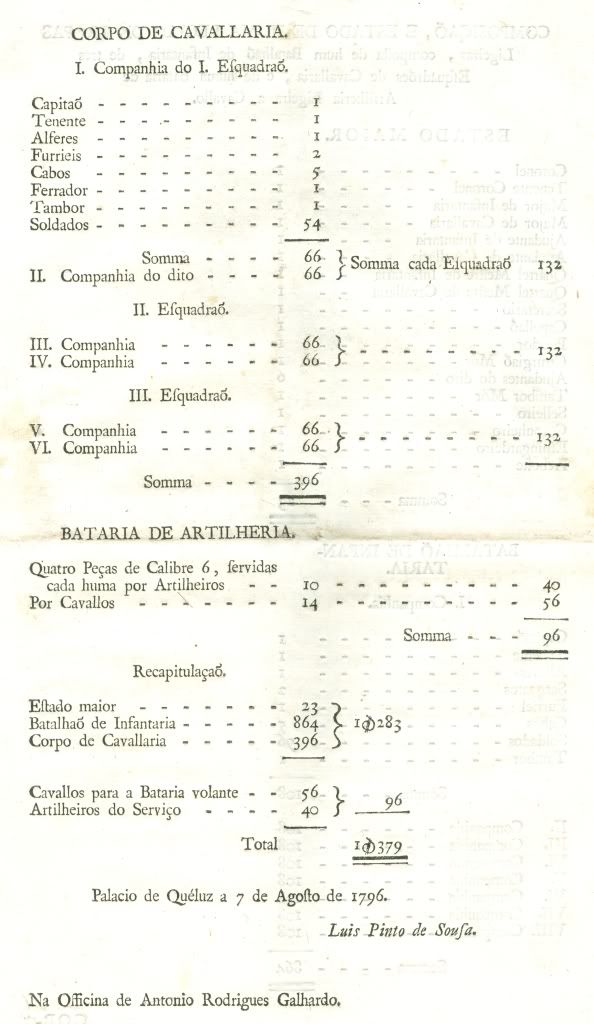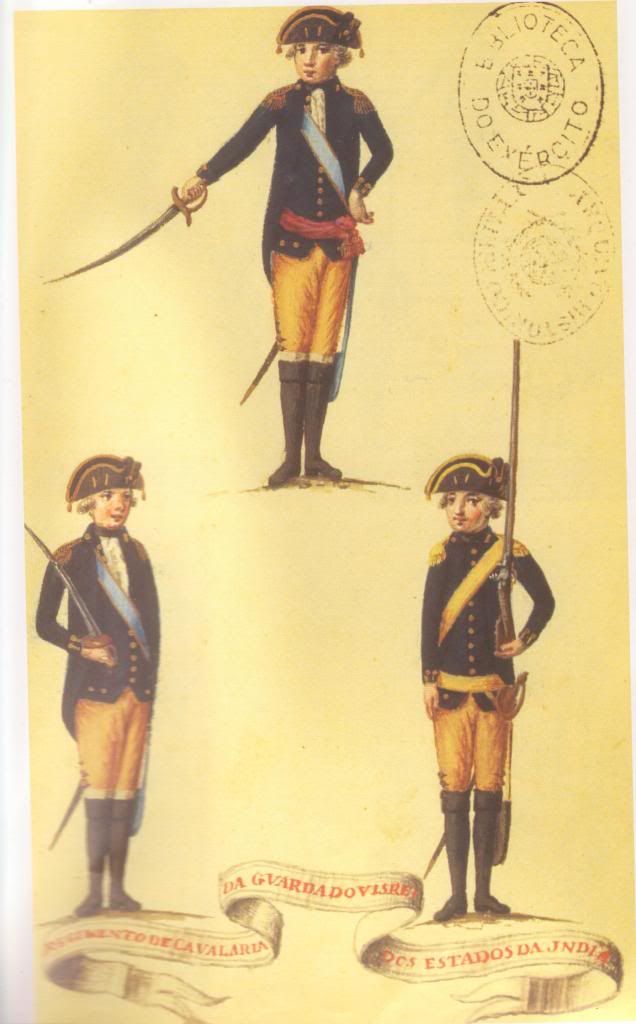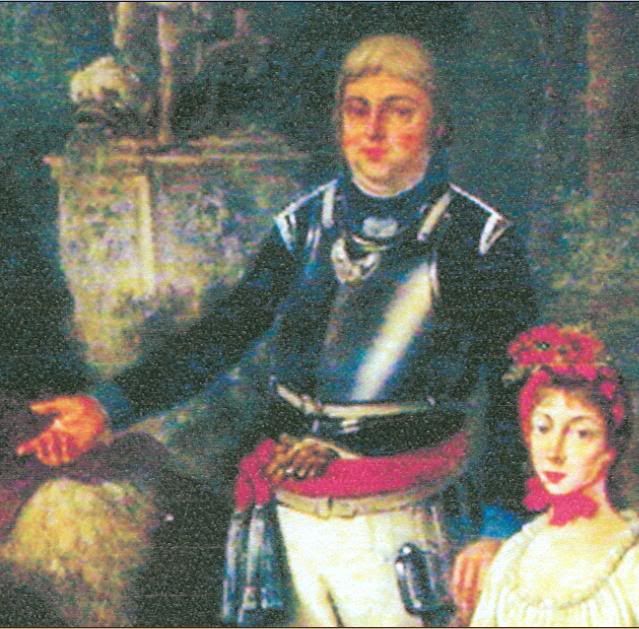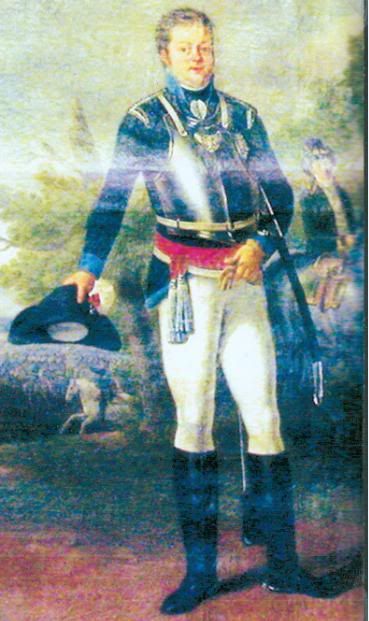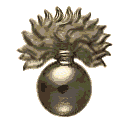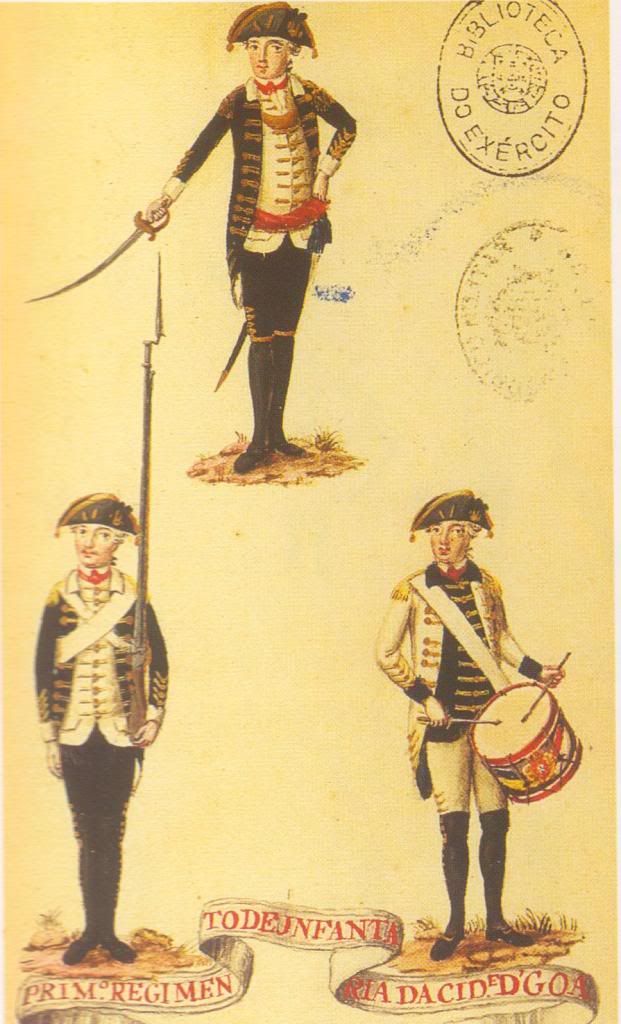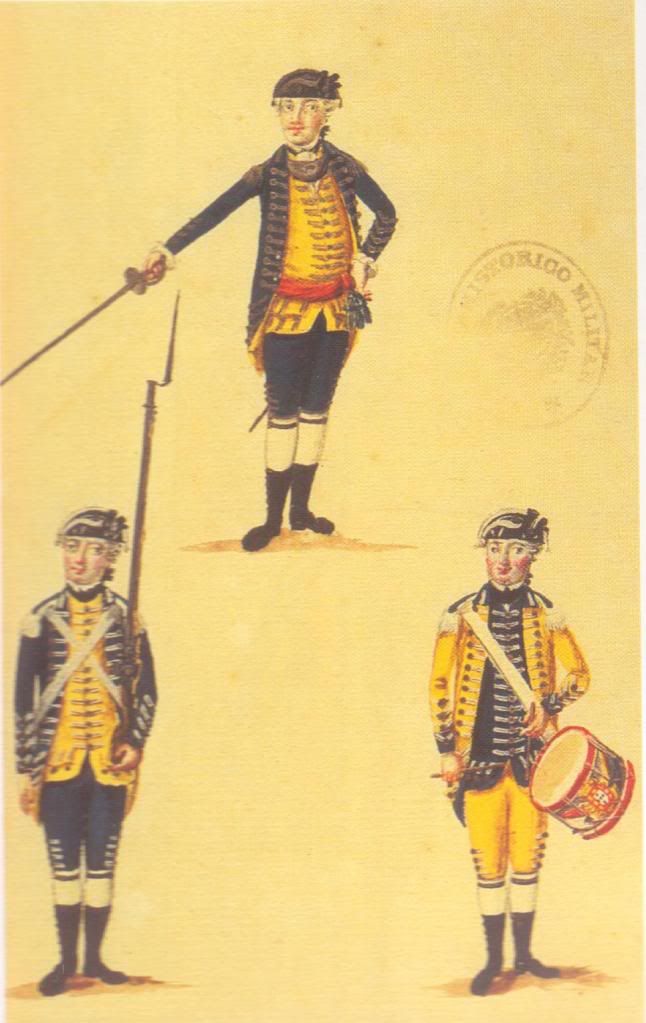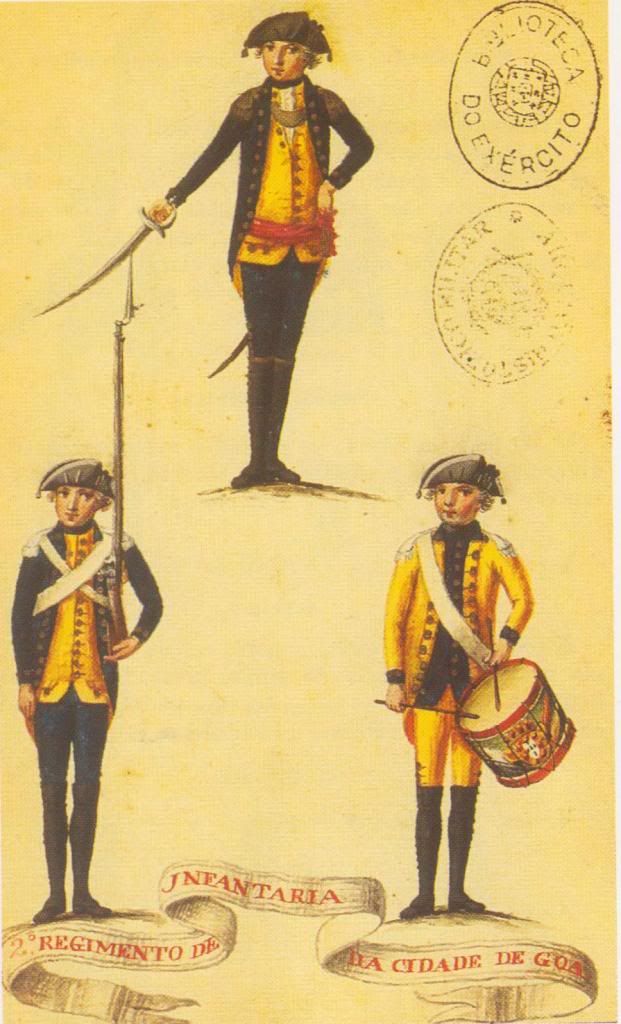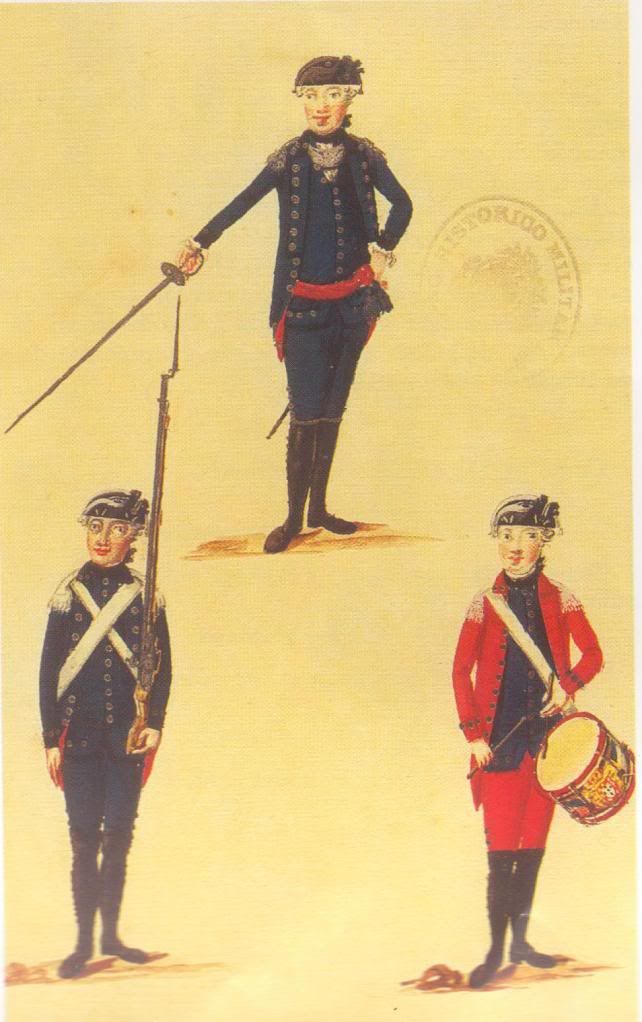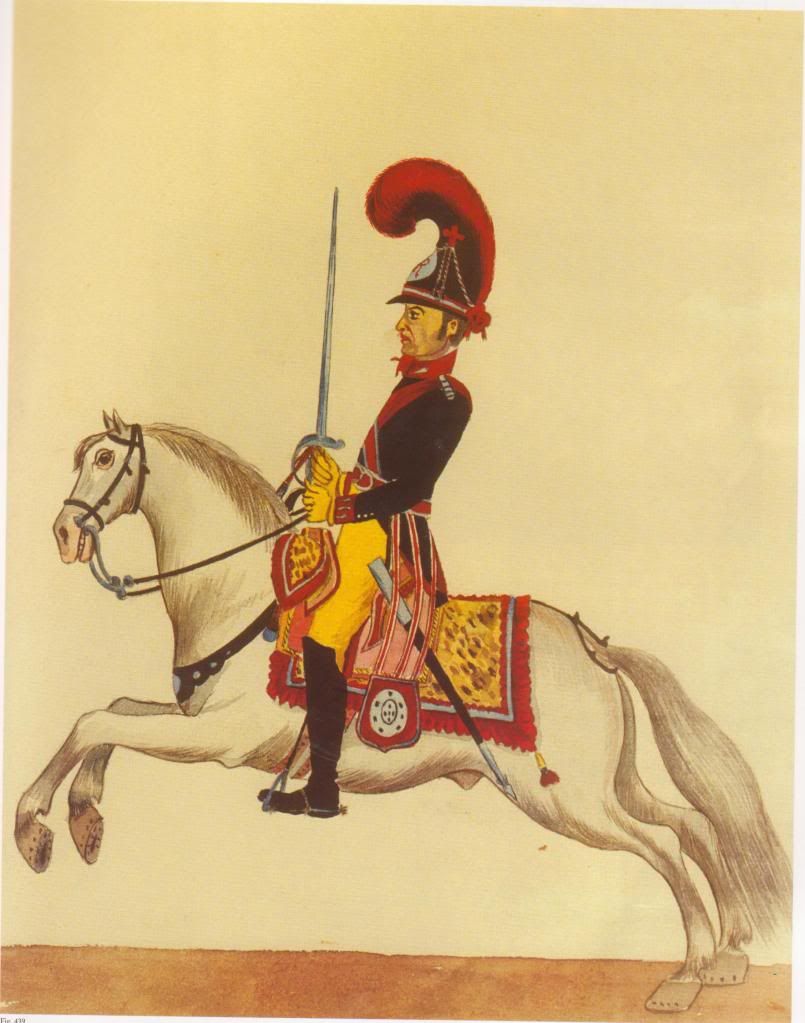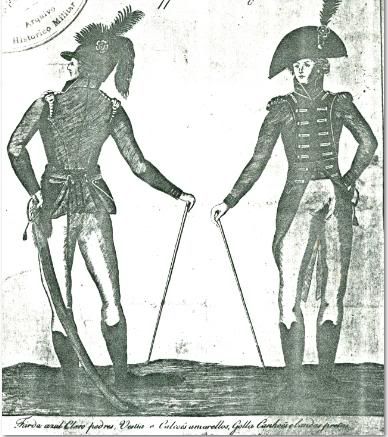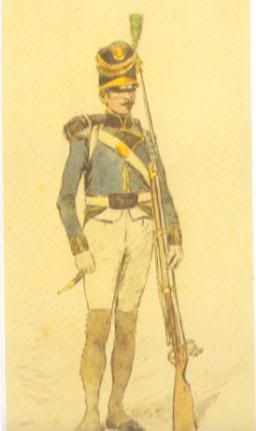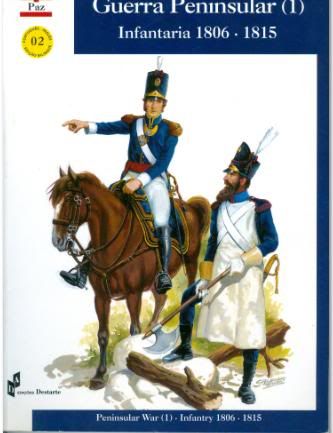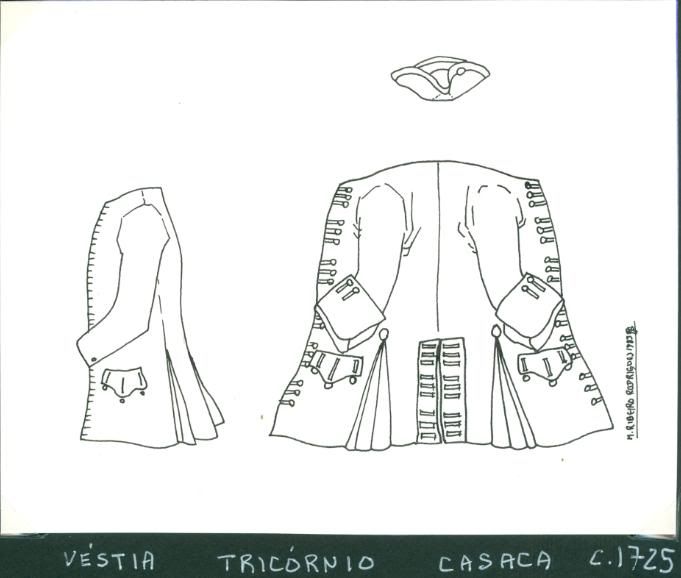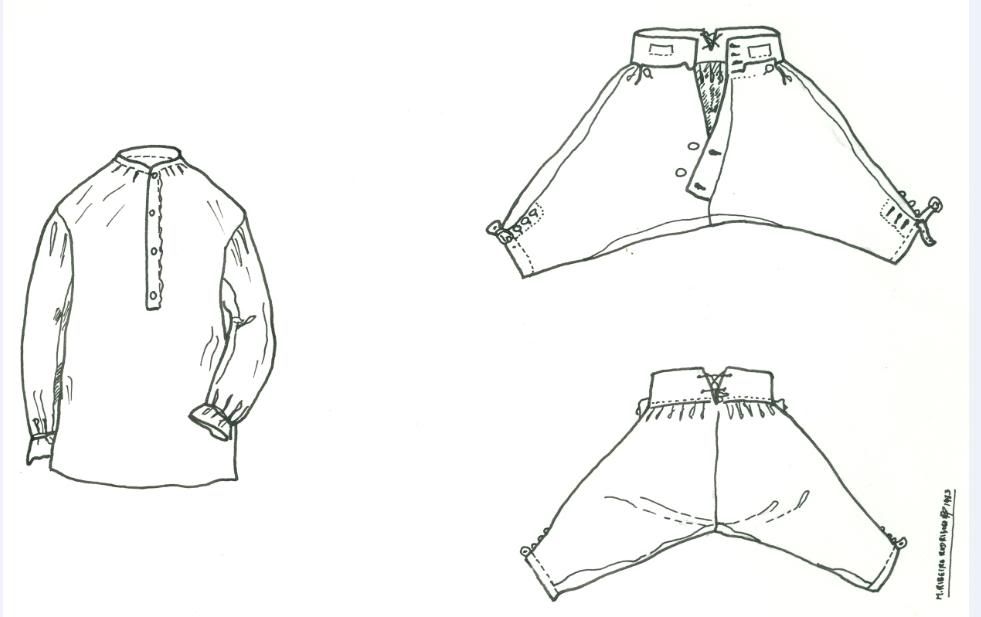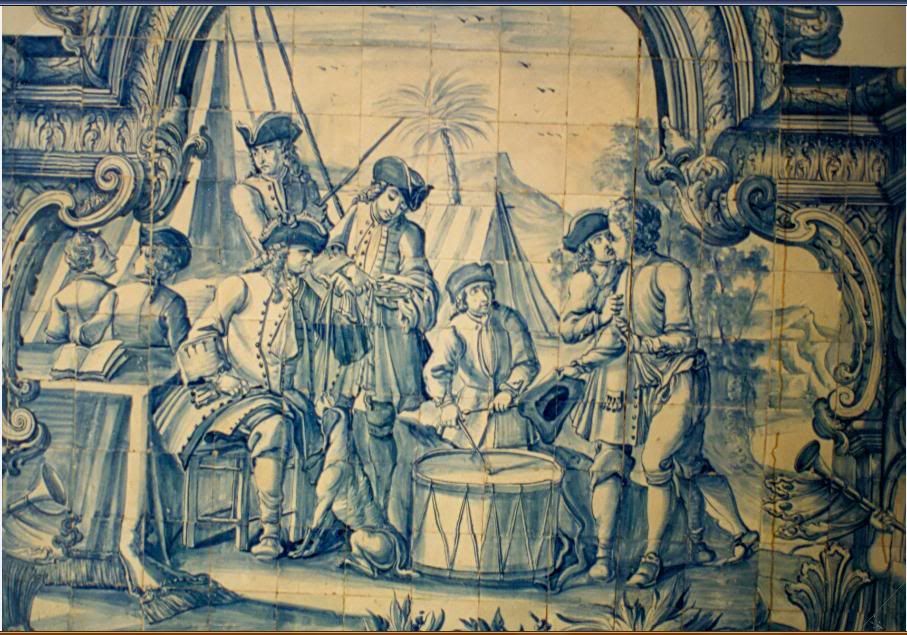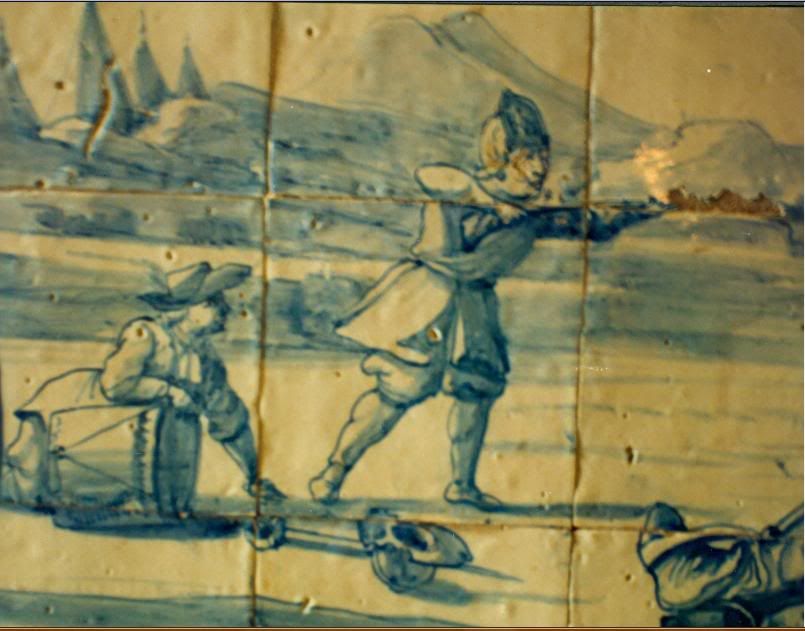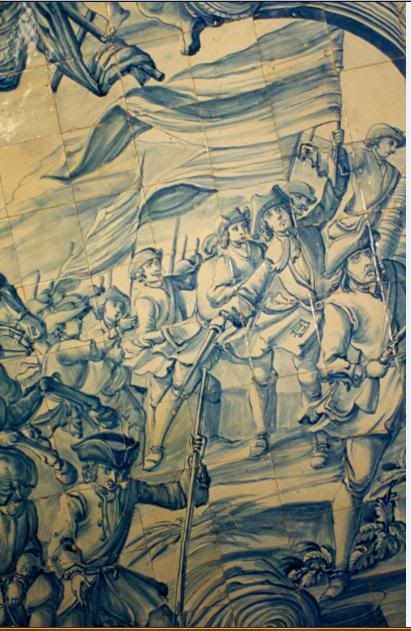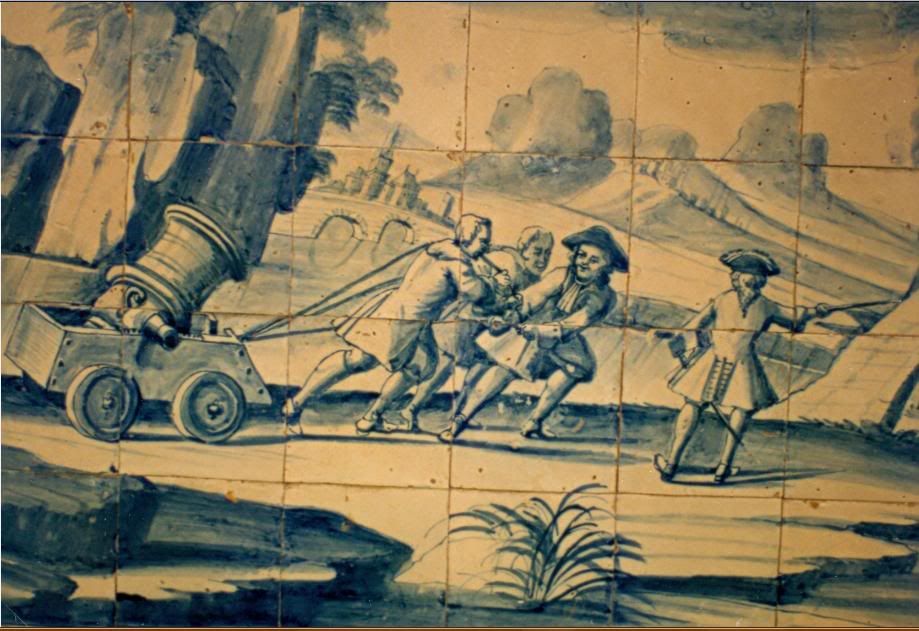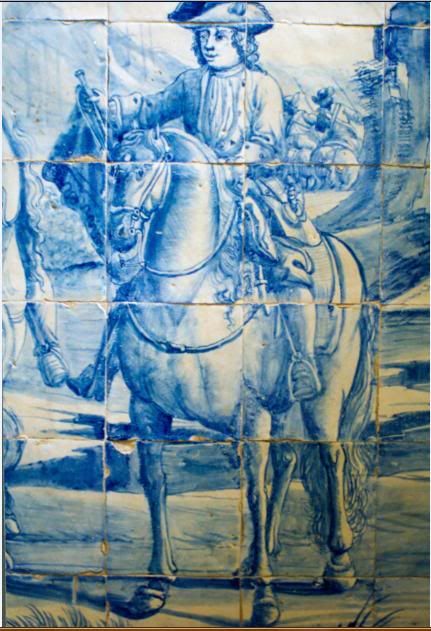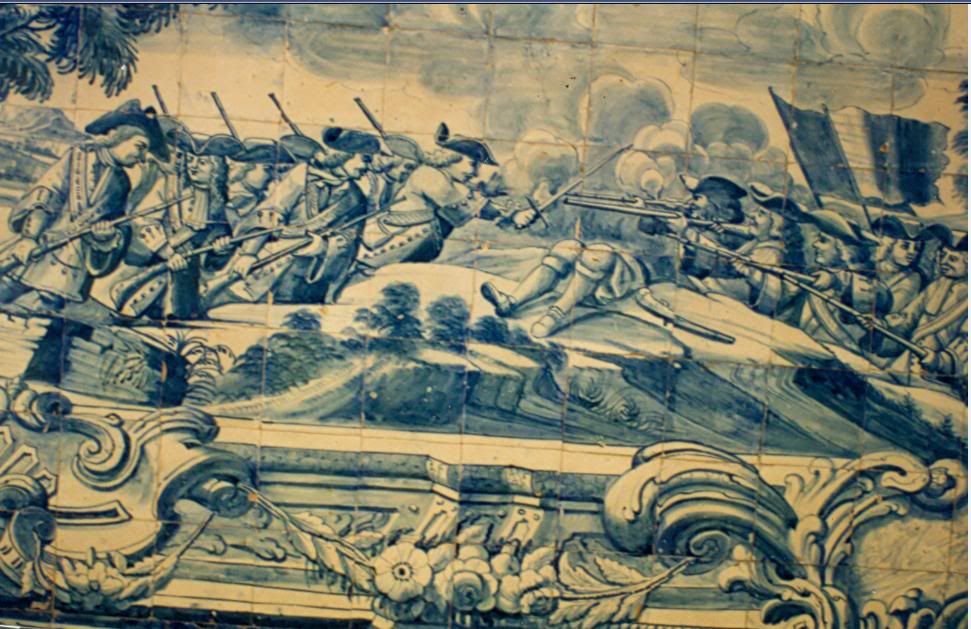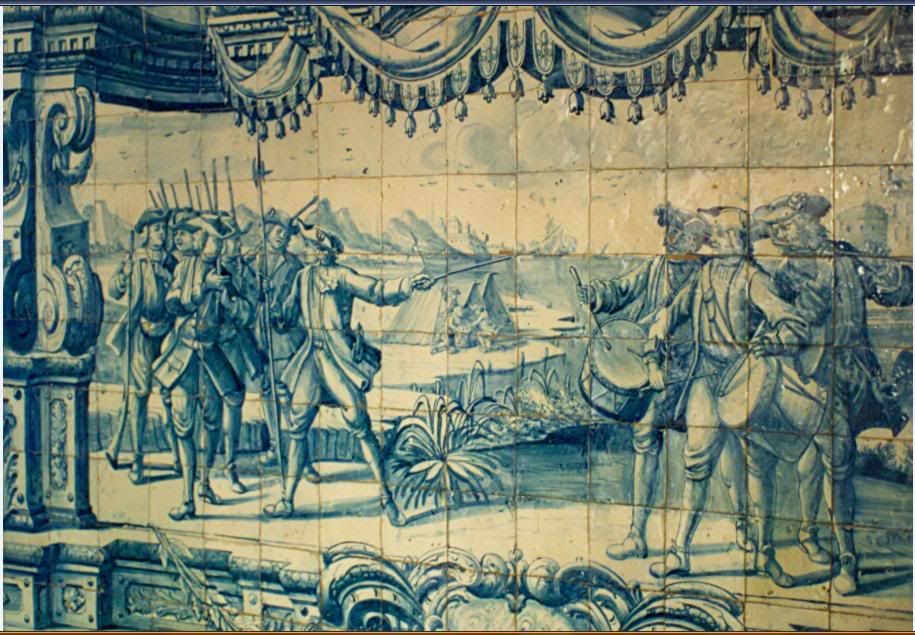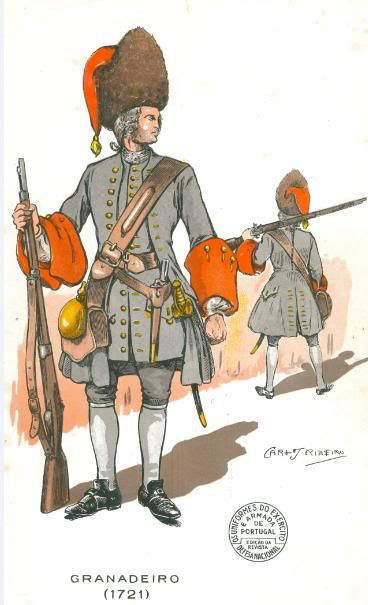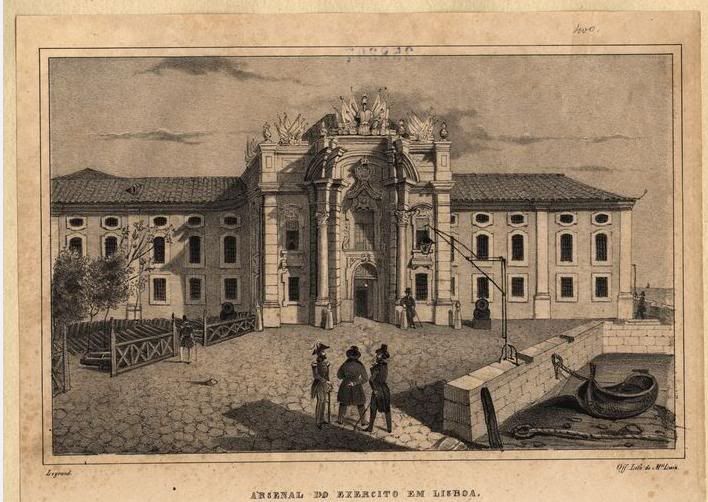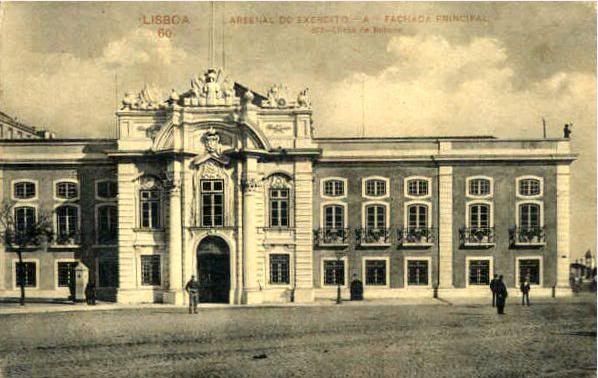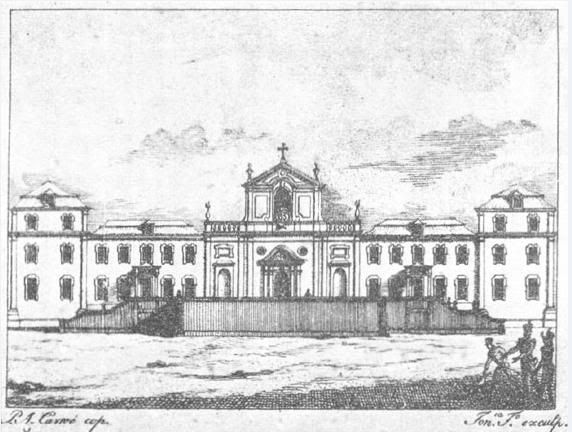A biografia do 3.º Marquês de Alorna é triste e muito dramática, perdeu os pais, os filhos ainda muito novos e depois a mulher. Morreu no regresso das Campanhas da Rússia, onde se encontrava a comandar a Legião Portuguesa ao serviço de Napoleão. Foi comandante do Regimento de Cavalaria de Évora, antes de partir, como oficial do Estado-Maior para as Campanhas do Rosilhão e da Catalunha.
Em 1807 foi encarregue por Junot da dissolução do Exército Português e da criação de uma Legião que iria partir para França e colocar-se ao serviço de Napoleáo (e assim foi). Na 3.ª Invasão de Portugal por Massena; Alorna veio incorporado no exército francês, regressando no fim da invasão para França e para junto da Legião onde partiu com ela para várias campanhas ao serviço de França, entre outras, a da Rússia, onde esteve com as tropas portuguesas em Moscovo tendo assistido ao incêndio e sofreu a passagem do Berezina e tudo o mais vindo a falecer vitima de doença após passar a fronteira da Rússia.
Quando os seus avós, os Marqueses de Távora, subiram ao cadafalso de Belém, Pedro de Almeida Portugal era ainda menino. Durante dezoito longos anos ficou longe da família: o pai foi encarcerado no Forte da Junqueira e a mãe e irmãs fechadas no lúgubre Convento de Chelas.
Curiosamente, Pedro não se encontrava só! Na sombra, um homem poderoso velava pela educação daquele órfão do "despotismo iluminado": Sebastiáo José de Carvalho e Mello, futuro marquês de Pombal e carrasco dos seus avós e perseguidor da sua família, acabou por o proteger!
Não me vou alongar mais sobre a infeliz vida do Marquês.
Sei que vão ter algumas surpresas sobre o que lhes vou mostrar, nomeadamente o uniforme da Legião, o Decreto original da sua criação (que faz parte da minha colecção particular), as barretinas (capacetes) que são extremamente curiosos. A farda especial ou particular da Legião que o Marquês e os seus dois pequenos filhos utilizavam e a curiosíssima e extraordinária farda do Marquês, quando foi comandante do Regimento de Cavalaria de Évora em 1793.
Para manter um certo "suspense" vou enviando todos estes elementos aos poucos.
Imagem 0002 - Quinta de Vale de Nabais em Almeirim, conhecida pela Quinta do Alorna, onde o Marquês viveu muitos anos.
Imagem 0003 - O Marques de Alorna com o uniforme de Comandante do Regimento de Cavalaria de Évora em c.1793. Observem o capacete, a crina e a couraça, ao fundo a segurar o cavalo vê-se um soldado. Nada deste equipamento vem escrito em nenhum documento.
Espero que tenham gostado e amanhã, possivelmente, começaremos a tratar da Legião das Tropas Ligeiras.






 Reply With Quote
Reply With Quote


